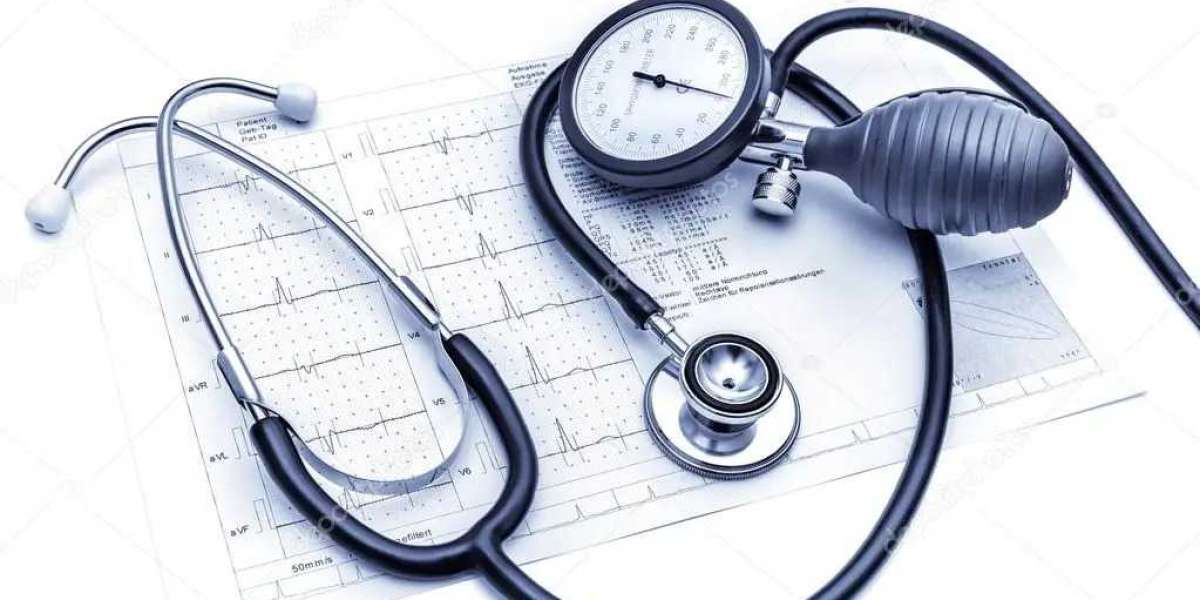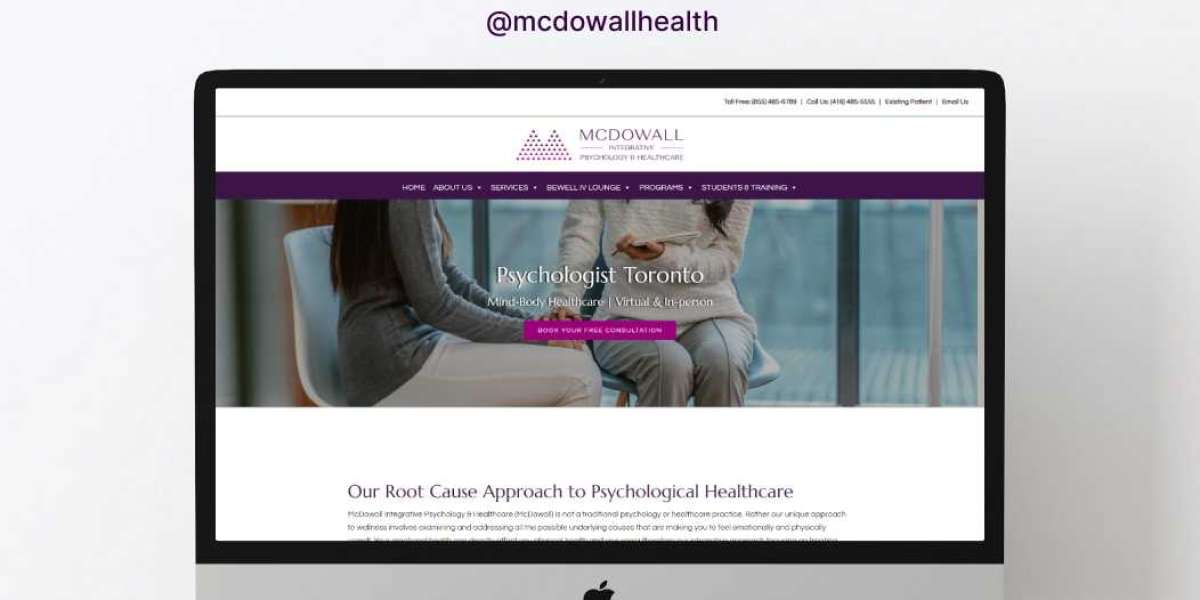Hospitals and healthcare facilities are environments where cleanliness and safety are paramount. To prevent infections and ensure patient safety, sterilization of Hospital Equipment and adherence to safety standards are essential. Proper sterilization practices reduce the risk of healthcare-associated infections (HAIs) and maintain a safe environment for patients, healthcare workers, and visitors. However, effective sterilization requires stringent protocols, modern equipment, and comprehensive safety standards, which must be meticulously followed.
This guide explores the importance of sterilization in healthcare, the different methods used, and the safety standards that hospitals must adhere to in order to protect public health.
The Importance of Sterilization in Healthcare
Sterilization is a critical component of infection control in hospitals. Medical instruments, equipment, and devices are used on a daily basis, often coming into direct contact with patients' bodily fluids, tissues, and internal organs. If not properly sterilized, these tools can harbor harmful pathogens, leading to severe infections or even outbreaks.
Healthcare-associated infections (HAIs) are a major concern for hospitals, affecting millions of patients each year. According to the World Health Organization (WHO), 7 out of 100 hospitalized patients in developed countries and 10 out of 100 patients in developing countries will acquire at least one HAI during their hospital stay. Many of these infections are preventable with proper sterilization practices.
In addition to preventing infections, proper sterilization ensures that hospital equipment remains functional and safe for repeated use. Over time, equipment can degrade or become contaminated, but thorough sterilization helps extend the lifespan of medical devices while ensuring patient safety.
Types of Sterilization Methods for Hospital Equipment
Various sterilization methods are used in hospitals, depending on the type of equipment, the material it’s made from, and the nature of its use. Each method has its benefits and limitations, and hospitals often employ multiple techniques to ensure comprehensive infection control.
1. Steam Sterilization (Autoclaving)
Steam sterilization is one of the most common and effective methods used in hospitals to sterilize medical instruments and equipment. The process, also known as autoclaving, uses high-pressure steam at temperatures ranging from 121°C to 134°C to kill bacteria, viruses, fungi, and spores.
Autoclaves are widely used because they are effective, reliable, and suitable for sterilizing heat-resistant materials such as surgical instruments, linens, and certain medical devices. The steam penetrates the surface of the items, killing microorganisms by denaturing their proteins. Autoclaves also feature pre-vacuum cycles that remove air from the chamber, ensuring that steam reaches all parts of the instruments.
However, not all materials are compatible with steam sterilization, particularly those sensitive to heat and moisture. In these cases, alternative methods such as chemical sterilization must be employed.
2. Ethylene Oxide (EO) Sterilization
Ethylene oxide gas is a widely used sterilant in hospitals, particularly for heat-sensitive and moisture-sensitive equipment. EO sterilization is effective at killing a wide range of pathogens, including bacteria, viruses, and fungi, without damaging delicate medical instruments made of plastic, rubber, or electronics.
EO sterilization involves exposing medical devices to ethylene oxide gas under controlled conditions of temperature and humidity. The process is highly effective, but it requires a long exposure time and thorough aeration afterward to remove any traces of the toxic gas.
Because ethylene oxide is a hazardous chemical, safety protocols must be strictly followed to protect healthcare workers from exposure. The use of EO sterilization is carefully regulated by safety organizations such as the Occupational Safety and Health Administration (OSHA) and the Environmental Protection Agency (EPA).
3. Hydrogen Peroxide Gas Plasma Sterilization
Hydrogen peroxide gas plasma sterilization is a newer, environmentally friendly method that is increasingly being adopted in hospitals. This method uses hydrogen peroxide vapor, which is converted into a plasma (ionized gas) under a vacuum. The reactive ions destroy microorganisms by breaking down their cell structures, resulting in rapid sterilization.
This method is ideal for sterilizing heat-sensitive and moisture-sensitive devices because it operates at low temperatures. It also leaves no toxic residues, making it a safer option compared to ethylene oxide. The hydrogen peroxide gas plasma method is commonly used for sterilizing endoscopes, surgical instruments, and other delicate medical devices.
4. Chemical Sterilization (Liquid Sterilants)
For equipment that cannot be sterilized by heat or gas, liquid chemical sterilization is often used. This method involves immersing medical devices in a sterilant solution, typically containing chemicals such as glutaraldehyde, peracetic acid, or formaldehyde. The solution kills microorganisms through chemical reactions that disrupt their cellular functions.
Liquid sterilization is particularly useful for flexible endoscopes, catheters, and other sensitive instruments. However, it requires meticulous handling to ensure that all surfaces are adequately exposed to the chemical sterilant and that the devices are thoroughly rinsed afterward to remove any residual chemicals.
5. Ultraviolet (UV) Sterilization
Ultraviolet (UV) sterilization is a non-invasive method that uses UV-C light to destroy the DNA or RNA of microorganisms, rendering them inactive. UV sterilization is often used to disinfect surfaces, air, and water in hospital environments. While it is less commonly used for sterilizing instruments, it can be effective for rapid disinfection in certain scenarios, such as sterilizing operating rooms or sanitizing medical devices in between patient use.
UV sterilization is a chemical-free and environmentally friendly option, but its effectiveness is limited to surfaces exposed to the light. Shadowed or hard-to-reach areas may not be properly disinfected, making it less suitable for complex medical equipment.
Safety Standards for Hospital Sterilization
To ensure effective infection control, hospitals must follow strict sterilization protocols and adhere to safety standards set by national and international health organizations. These standards help ensure that sterilization practices are consistent, effective, and safe for both patients and healthcare workers.
1. Centers for Disease Control and Prevention (CDC)
The CDC provides comprehensive guidelines for disinfection and sterilization in healthcare settings. These guidelines cover everything from the proper use of sterilization methods to recommendations for monitoring and validating sterilization processes. The CDC emphasizes the importance of regular maintenance and testing of sterilization equipment to ensure it is functioning correctly.
2. Occupational Safety and Health Administration (OSHA)
OSHA sets safety standards to protect healthcare workers from exposure to hazardous materials used in sterilization processes, such as ethylene oxide and other chemicals. Hospitals must ensure that workers handling sterilants are properly trained and equipped with personal protective equipment (PPE) to minimize risks.
3. Association for the Advancement of Medical Instrumentation (AAMI)
The AAMI develops standards and guidelines for the proper sterilization of medical devices. AAMI standards provide detailed instructions on sterilization practices, quality control, and the validation of sterilization processes. These standards are critical for ensuring that medical devices are consistently sterilized to the highest safety standards.
4. Food and Drug Administration (FDA)
The FDA regulates the sterilization of medical devices in healthcare settings. Medical devices that are intended to be reprocessed and reused must meet specific FDA requirements to ensure they can be safely sterilized without compromising their functionality.
Monitoring and Validating Sterilization Processes
Proper sterilization requires constant monitoring and validation to ensure that sterilization procedures are effective and reliable. Hospitals use biological, chemical, and mechanical indicators to monitor sterilization equipment and processes. These indicators provide visual or measurable evidence that sterilization conditions have been met.
Biological indicators, for instance, involve placing bacterial spores inside the sterilization chamber and later testing to ensure that all spores have been killed. Chemical indicators change color when exposed to specific sterilization conditions, providing quick visual confirmation. Mechanical indicators monitor the conditions inside the sterilizer, such as temperature, pressure, and cycle time, to ensure they meet the necessary specifications.
Conclusion
Sterilization is a cornerstone of infection control in hospitals, ensuring that medical equipment is safe for patient use and that healthcare workers are protected from harmful pathogens. With a variety of sterilization methods available—ranging from steam sterilization to advanced gas and chemical techniques—hospitals must choose the right approach based on the type of equipment and the level of disinfection required.
By adhering to strict safety standards from organizations like the CDC, OSHA, AAMI, and FDA, healthcare facilities can maintain high levels of hygiene and safety. Continuous monitoring and validation of sterilization processes further guarantee that hospital equipment remains effective and safe, ultimately improving patient outcomes and reducing the risk of healthcare-associated infections.








